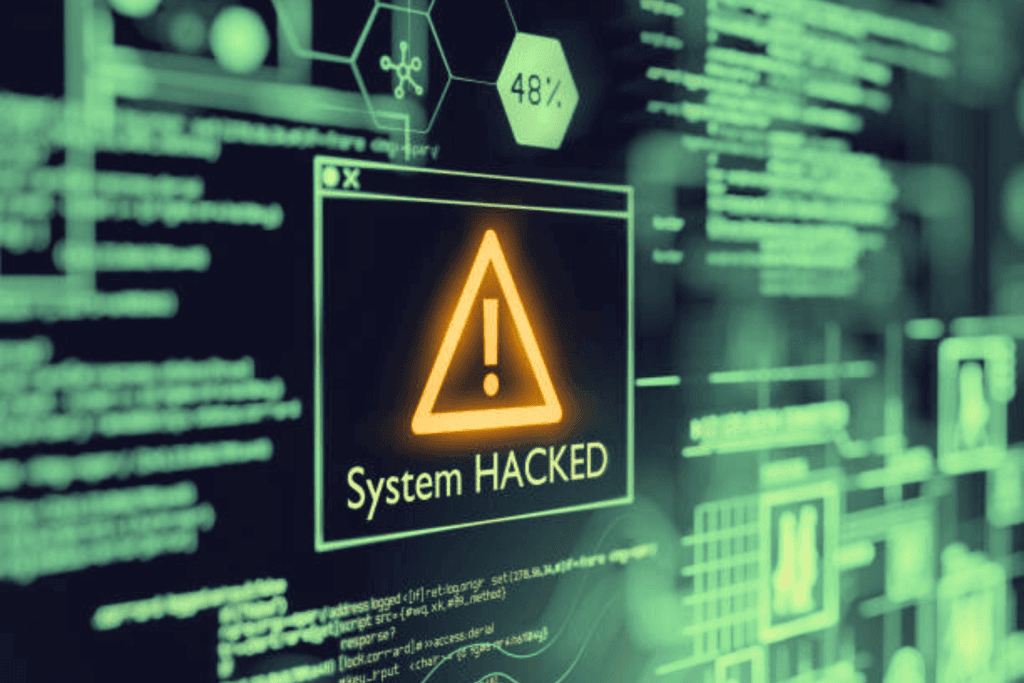Ransomware attacks are becoming increasingly common in India, and the country’s thriving IT industry is a prime target for cybercriminals. In 2022, India saw a 53% increase in ransomware attacks, with the IT and ITeS sectors being the most affected. This trend is a cause for concern, as successful ransomware attacks can result in significant financial losses, business disruptions, and reputational damage.
In a recent update, HCL Technologies, one of the world’s leading IT companies, announced that it had fallen victim to a ransomware attack within a limited cloud environment related to one of its projects. Although the attack did not affect the overall HCL Tech network, the revelation still caused ripples in the stock market, decreasing the company’s share price.
The HCL Tech ransomware attack: what do we know?
According to the official statement released by HCL Technologies via a stock exchange filing, “the company has become aware of a ransomware incident in an isolated cloud environment for one of its projects.” Despite the lack of observable consequences on the broader HCL Tech infrastructure, the firm acknowledged the importance of addressing potential threats and ensuring robust cybersecurity measures. Consequently, HCL Technologies promptly commenced a thorough investigation alongside pertinent stakeholders to identify the root cause and undertake appropriate corrective actions.
As part of its ongoing efforts to maintain strong cybersecurity practices, HCL Technologies continues to work diligently towards identifying and rectifying vulnerabilities while simultaneously cooperating with regulatory authorities and law enforcement agencies when needed. By doing so, the company aims to protect both its interests and those of its clients, thereby preserving trust and confidence in its ability to deliver reliable IT services.
Why do threat actors target IT organizations?
One reason why Indian IT firms are attractive targets for ransomware attacks is the sensitive data they handle. Many IT companies store confidential customer information, intellectual property, and proprietary data, making them lucrative targets for cybercriminals seeking to extract ransoms. Furthermore, the interconnectedness of modern supply chains means that a single breach can reverberate throughout an entire network, potentially compromising multiple organizations simultaneously.
Another factor contributing to the rise of ransomware attacks in India is the lack of awareness and education surrounding cybersecurity best practices. Despite the rapid digitization of industries, many organizations still do not prioritize cybersecurity, leaving themselves vulnerable to attacks. Employees unfamiliar with safe online behavior can inadvertently expose their organizations to risk, creating opportunities for cybercriminals to exploit.
Moreover, the decentralized nature of remote workforces has created new challenges for IT teams trying to secure their networks. With employees working from home or on the go, maintaining consistent security protocols becomes difficult, especially when dealing with personal devices and unsecured Wi-Fi connections. As a result, attackers have found success targeting individuals through phishing emails and social engineering tactics, eventually gaining access to organizational networks.
Which other Indian organizations have faced ransomware attacks?
HCL Technologies is not alone in facing ransomware attacks. According to a report by Sophos, a cybersecurity firm, over 78 percent of Indian organizations were hit with ransomware attacks in 2021, up by 68 percent in 2020. The average ransom paid by Indian organizations to get their data encrypted was $1.2 million, with 10 percent of victims paying a ransom of $1 million or more. Some of the notable cases of ransomware attacks on Indian IT firms are:
- HCL Tech was hit by a ransomware attack in a restricted cloud environment in December 2020. Despite no “observable” impact, share prices dropped.
- Tata Consultancy Services (TCS), India’s largest IT company, suffered a data breach in June 2020 that exposed the personal information of over 4 lakh employees and customers. The breach was attributed to an external hacker who exploited a vulnerability in TCS’s email system.
- Infosys faced a ransomware attack in May 2020 that affected its cloud services and applications. The attackers claimed to have stolen sensitive data from Infosys and threatened to leak it online unless they were paid $3 million.
So what can be done to mitigate the risks associated with ransomware attacks? First and foremost, organizations must adopt a crisis management culture, ensuring they are adequately prepared for potential threats. Implementing robust backup and recovery strategies, regularly updating software and security patches, and training employees on safe online habits are essential components of any comprehensive cybersecurity strategy.
In summary, despite facing a ransomware incident within a confined cloud environment, HCL Technologies acted swiftly to investigate the matter and minimize potential harm. While the event temporarily influenced the company’s stock value, it also underscored the significance of maintaining vigilant cybersecurity protocols amidst ever-present threats. Organizations worldwide should heed this reminder and continually reassess their defensive strategies to counteract emerging dangers effectively.

